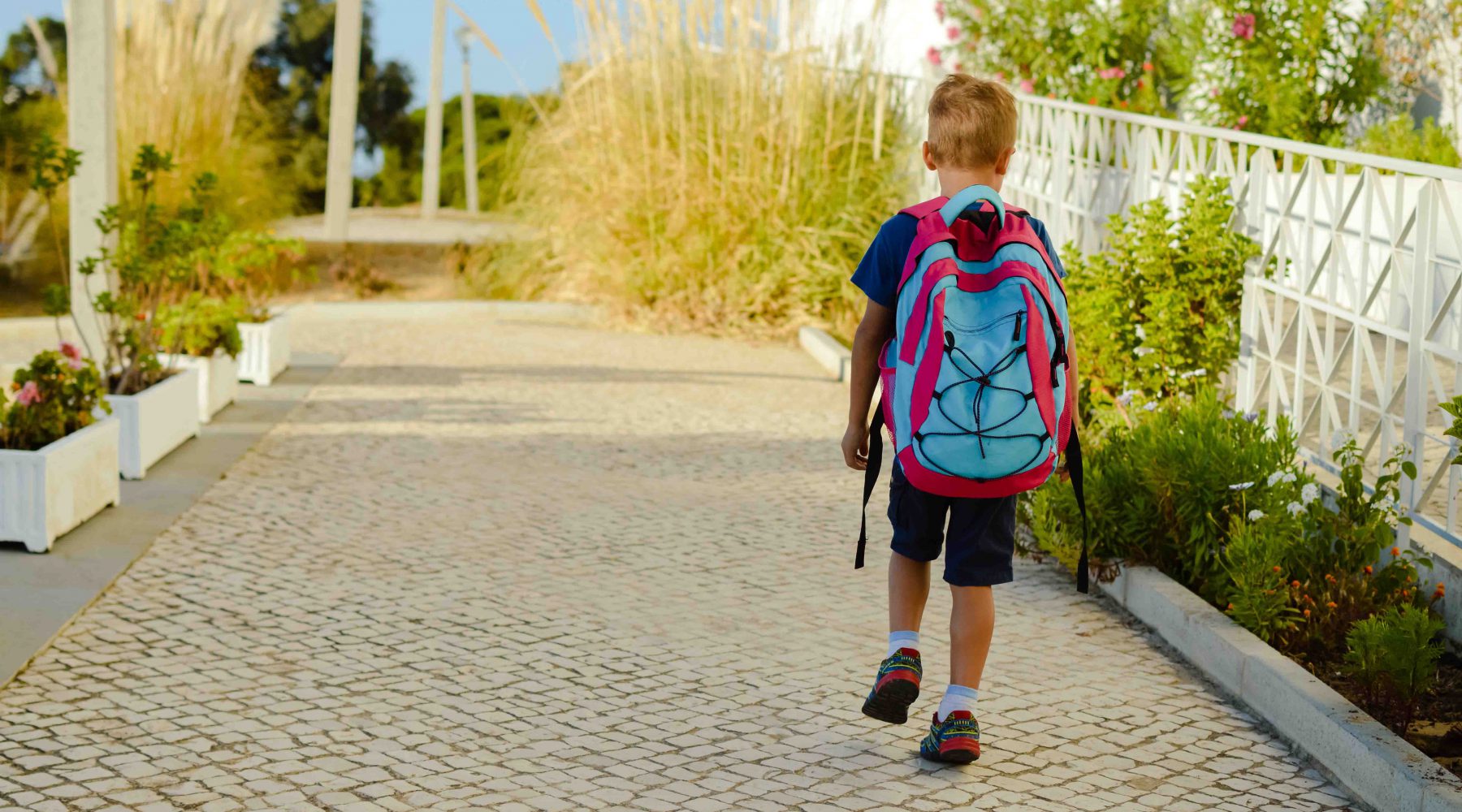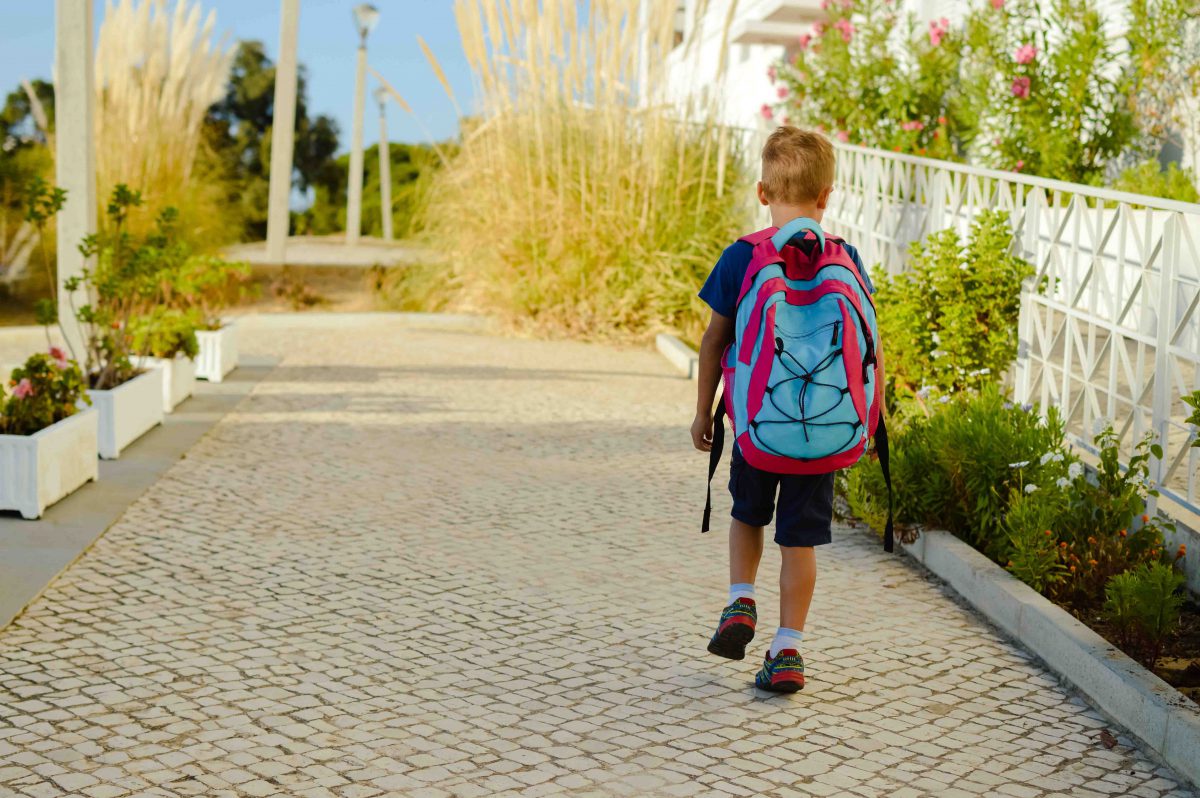
Driving children to and from school has created a 'backseat generation' that is missing out on vital exercise.
A new report has highlighted the risks to children’s long-term health when parents drive them to and from school – even when they live close by.
The report, based on a survey of more than 700 Melbourne families living within two kilometres of their school, reveals that 60 per cent of primary students don’t walk or ride a bike to school.
Instead, most parents – even those living less than 750 metres from their school – drop their children off by car.
The research was carried out by Dr Alison Carver from Australian Catholic University and fellow academics at RMIT University and the University of Melbourne.
While time-poor parents often find it convenient to drive their children in what’s known as trip-chaining, where the school run is combined with the commute to work or other tasks, the practice cuts down on children’s habitual physical activity.
Experts warn this trend could lead to long-term damage to their future health.
‘We have created a backseat generation,’ Dr Carver said. ‘It is quite shocking how many [living] within 750 metres of the school gates are still being driven but we know there are several factors behind this, including parents fitting pick-ups and drop-offs into their busy schedules, and the walkability of their neighbourhood.’
She urged families to consider how their children’s journeys are influenced by other household members.
‘Dropping children off at school by car on the parent’s way to work may be convenient but children miss out on mental and physical health benefits,’ she said.
Physical inactivity has been linked to an increased risk of lower bone density and chronic diseases such as cancer, mental health and cardiovascular disease later in life.
‘We are doing more harm than good by driving our children instead of supporting them to walk, cycle or scoot all or part-way to school,’ Dr Carver said. ‘Children who do not walk or cycle to school do not tend to walk or cycle much to other destinations.’
Despite the health benefits, rates of walking and cycling to and from school in some developed nations, such as Australia, have declined in recent decades and remain low.
A recent study of 8-15 year-olds reported rates of 25 per cent walking and just 6 per cent cycling to school. Other research shows that only one in five children meet the recommended level of 60 minutes of physical activity every day.

As well as urging families to think about their travel habits, Dr Carver called for safe drop-off and pick-up zones to be created within 800 metres of primary schools to give children access to an extra 20 minutes of physical activity each day.
‘Improving the physical environments around schools to make them accessible by well-connected footpaths and bike trails as well as reducing traffic risks and hazards, are crucial steps in getting more children to make that daily walk to school,’ she said.
Like this post? Please share using the buttons located on this page.
Subscribe to The Parents Website


